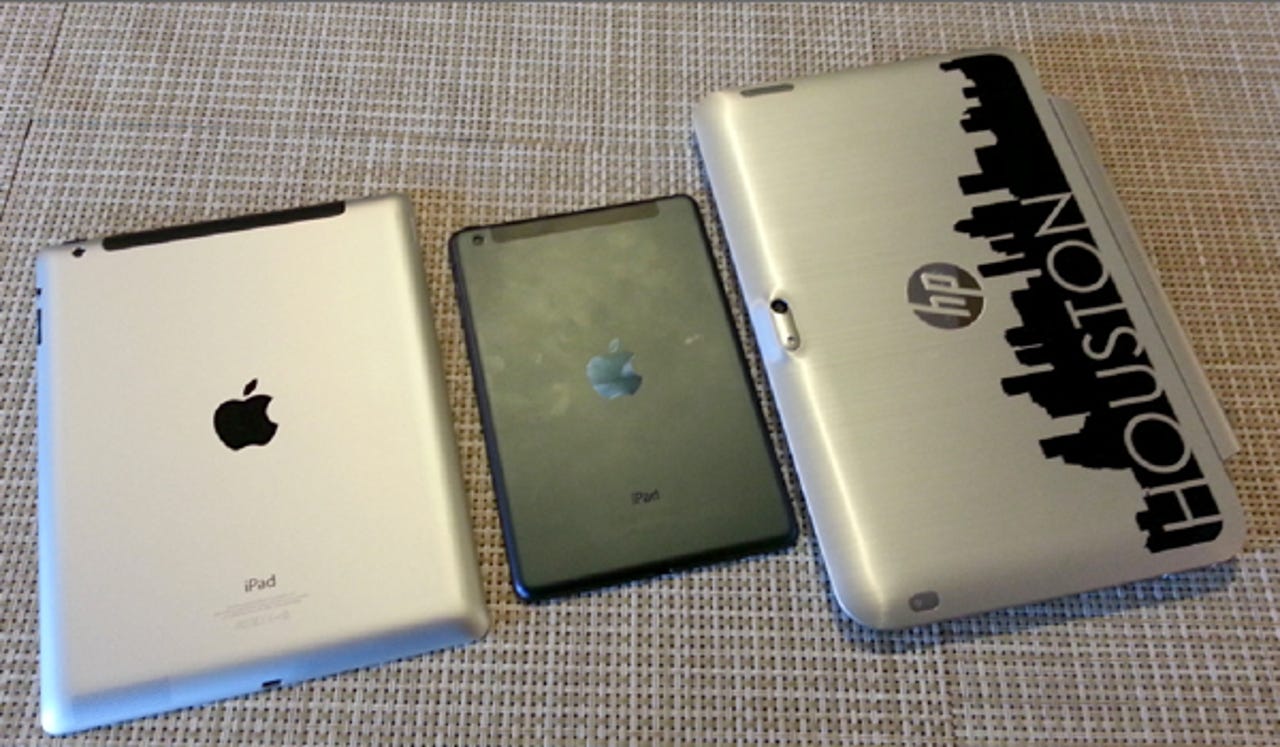The curse of Apple's slippery design


More pixels have been spilled about the sleek design of Apple's products than ink used to print newspapers in the US. The company has made billions on the shiny aluminum housings that envelope its phones and tablets. As beautiful as iPads and iPhones may be, that sleek design is the curse of users.
I own an iPad, iPad mini, and an iPhone, and like millions of owners I marvel at the classic design of the metal casing. It is sleek, simplistic, and feels sensual in the hand. Unfortunately, that comes with a penalty when you use the devices.
In the last week alone I've almost dropped my iPad mini and my iPad due to the slippery backs. They look magnificent and feel great, but there is nothing "grippy" to hold securely in the hand. Just turning one slightly in the hand can see it slip right out, leaving you to lunge to catch it before it hits the harsh floor.
I know I'm not the only one to experience it, I've seen other people perform the "iPad/iPhone dance" while trying to catch the gadget slipping out of the hand. I've seen numerous devices that weren't saved before hitting the dirt and were subsequently sporting those disturbing cracks in the glass.
I recently spoke with an acquaintance about the slippery iPhone and he confessed his wife has had her iPhone screen replaced four times. She's not clumsy, he said, it just slips out of her hand when she's using it.
Some of you will point out that you just have to put a case on the device to avoid the problem. You'd be correct, too, but let's face it, if you have to put a case on it to use it securely, that's what I'd call a design flaw. Good design is not just about making it look good, it's also about usability.
We've seen this slippery problem since the first iPhone. It was sleek and beautiful but you needed a case to keep it in the hand. Then Apple followed that up with an iPhone that was not only sleek and gorgeous, but that was totally enclosed in glass. When that one slipped out of the hand it would not only crack the display but the back, too.
I'm convinced this inability to hold the iPhone securely in the hand is the real reason the bumper case was developed. It was released under the guise of dealing with Antennagate, but I believe it was really to deal with the design choice that makes the phone difficult to hold. After all, the term "bumper" denotes a thing designed to minimize the impact of a collision. Like what happens when the iPhone drops to the floor.
Try using an iPad mini without any case or cover and you know what I mean. It is almost impossible to hold in the hand without dropping it. Move it around while holding it and it doesn't feel secure at all. Apple has refined the aluminum back to such a level that it's very difficult to hold.
I can already hear the responses to this: "don't buy Apple products if you don't like this." Unfortunately, the sleek design of Apple has been picked up by many of its competitors, so that's not an answer.
My HP Envy x2 has the familiar aluminum design on both the tablet and the laptop dock. Picking up either part, or the docked unit, is hard to do without dropping it. Like Apple's products, it lacks a grippy feel to it. Using the 11-inch tablet in the hand is just as slippery as using an iPad. One false move and down it will go. I put a decorative decal on it as much for the grippy material as for the looks.
Hopefully we'll hear Apple talk about new products at WWDC that aren't so slippery. Gadgets that don't require a case of some sort to be usable.
Nah, that's not likely. They have convinced the entire industry that looks trump usability, why should they change?